As well as working as a full-time farm vet, I am also a member on the board of directors for BCVA (The British Cattle Veterinary Association).
I love my day-to-day clinical role working with farmers and their animals but it has also been refreshing to take on a new challenge carrying out my responsibilities for the BCVA.
Part of the role is to represent the views of our vet members to the wider livestock industry, which can result in policy changes and implementing new ideas.
We also run courses and conferences for our members. The cattle vet world is relatively small, so there is a good community of vets within the BCVA who all get to know one another and come together to share knowledge and, importantly, socialise!
I am currently working at The BCVA’s Young Vet Conference – sadly having qualified in 2009 I no longer qualify as a ‘young vet’ anymore! But in chairing the sessions I enjoyed sitting in on many of the lectures, before running my calving workshop.
One of the lectures was given by the world-renowned Miriam Parker who presented a brilliant interactive session on cow behaviour.
Miriam told us how she worked with a charity for blind people, which makes simulation goggles to mimic visual impairments.
They worked together to specifically create a set of goggles to represent what a cow sees.
When learning about cattle handling you can really appreciate life from their perspective when you see it through their eyes.
Contrary to belief, cows do not see in black and white but instead see yellow, blue and green.
It comes in handy when spotting the luscious grass to eat but you may then wonder why bulls are thought to charge at a red flag? It is not actually to do with the colour – they react to the movement and flapping.
Also, they have binocular vision, directly in front of them, with good depth perception but only for a limited area (a 25-50-degree arc).
Their monocular vision spans all around them, apart from a blind area directly behind them, and because of this blind spot they have no depth perception in the entire peripheral area. As a result, they struggle to see clearly all around them.
They are much more likely to see something if it moves, and to help themselves they put their heads down to see things and need to move slowly to visualise things properly.
A volunteer was plucked out of the audience and instructed to find their way across the room wearing Miriam’s goggles.
They were asked to walk in a straight line, without putting their arms out in front of them.
They managed it but what was remarkable was how quickly the person then seemed to adopt apparent cow behaviour. Unknowingly, she mimicked the way cows lower their heads, move their heads from side to side and proceed very slowly to find their way.
Being transported to a cow’s world means we could then go on to further understand cow behaviour and what handling methods and which systems work most effectively in keeping the cow happy and the handler safe.
Alice Miller
BVSC DBR MRCVS
Friars Moor
Livestock Health


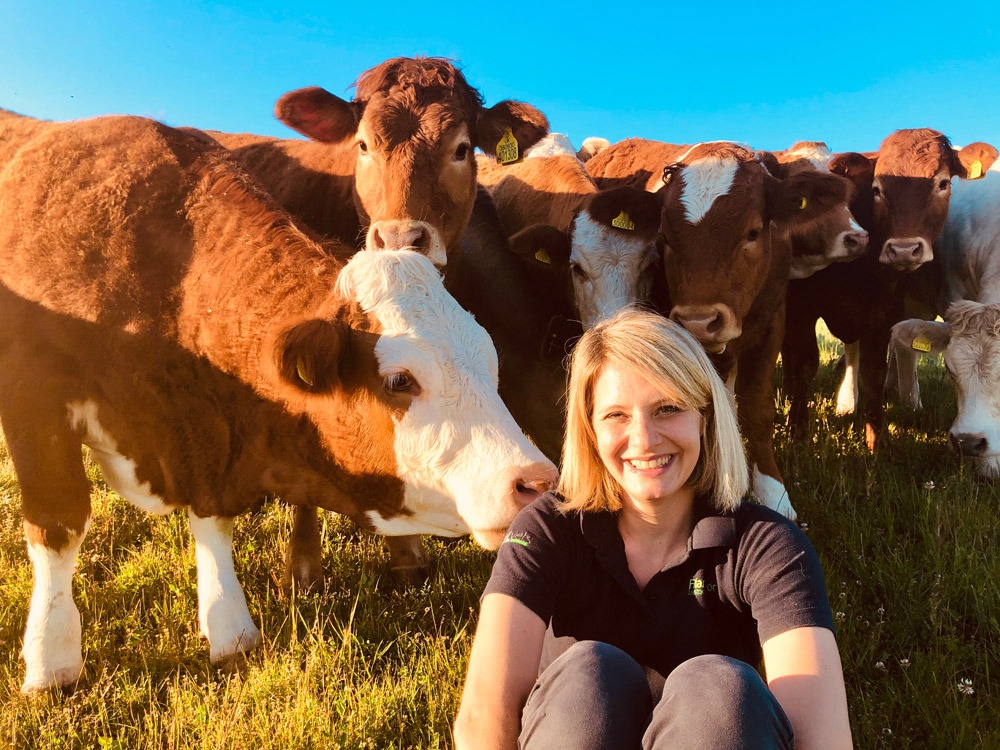
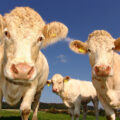
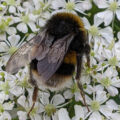
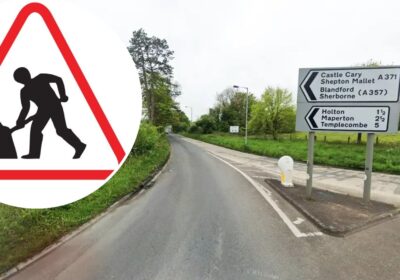
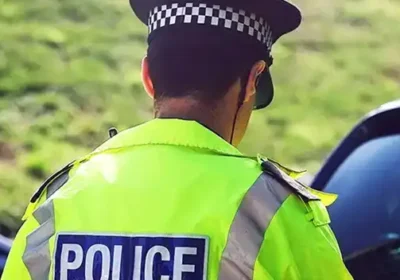
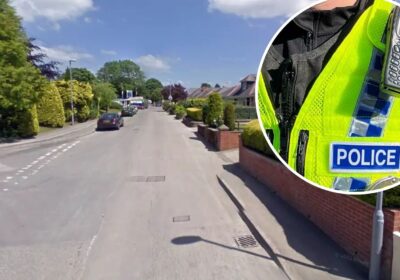




Leave a Reply